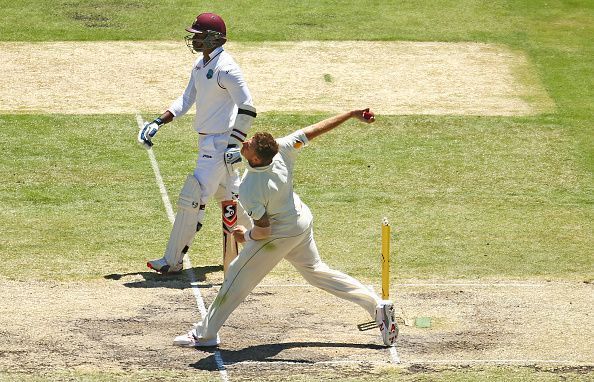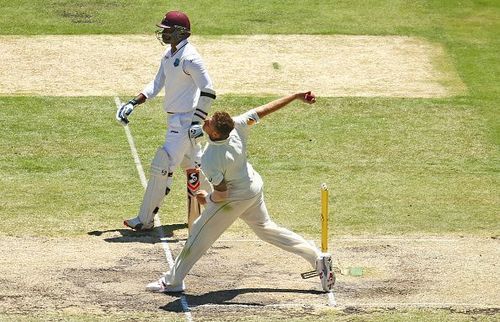
ICC to trial TV umpires for front-foot no-ball calls

Amidst a lot of criticism for the current umpiring standards, the International Cricket Council (ICC) have announced that they will begin trials to refer to the third umpire to call front-foot no-balls.
The ICC will test this new system in a few select series over the next six months and if it proves to be successful, the governing body will look at the probabilities of making this a permanent tool for the umpires.
Interestingly, this method was tested three years ago during a series between England and Pakistan.
"Broadly, yes [the same technology as 2016 will be used]," Geoff Allardice, the ICC's general manager for cricket operations, told ESPNcricinfo. "The idea is the third umpire will be presented an image of the front-foot landing within a few seconds. He would communicate to the on-field umpire that a no-ball has been delivered, so every delivery on the field would be played as a fair delivery until called otherwise."
During the previous trial in that England-Pakistan series, the TV umpire was given a frozen image that was not always available for the viewers.
"The footage is shown on a slight delay, it goes to super slo-mo as the foot approaches the point of landing, and then it freezes," Allardice explained. "The routine works well, with the third umpire judging the no-ball off a picture that is not always shown on the broadcast."
Allardice also added that even though the governing body is always looking to improve the standard of umpiring, the implementation of this system will be a major challenge.
"The cricket committee recommended that we do it in all ODIs and T20Is," he said. "In 2018, there were about 84,000 balls delivered around the world in those formats in men's international cricket. So to monitor the no-ball on each of those deliveries at all of the different venues is a big exercise. We just need to understand all the challenges before implementing this across all matches."
The ICC senior official also cited another problem with the system's implementation which is related to the number of teams having T20I status. Last year, the ICC announced that all matches between member-nations will have international status. So, this raises the problem of uniformity as all venues don't have the required arrangement for a high level of broadcast.
"Can this technology be implemented consistently across the 80 venues that hosted ODIs and T20Is last year? There are different levels of television coverage across these matches, so it will be easier to implement at some matches than at others. We now have 104 members who play T20I cricket and many of their matches are not televised, so what do we do there? Thinking through all of the implications of introducing this is the exercise for us over the next six months."
The ICC will hope this new venture turns out to be successful and the burden of the on-field umpires can be reduced. The major reason for this trial is due to the numerous complaints that have been raised that on-field umpires check for no-balls only when a wicket falls. As a result, a lot of no-balls are regularly being missed out.